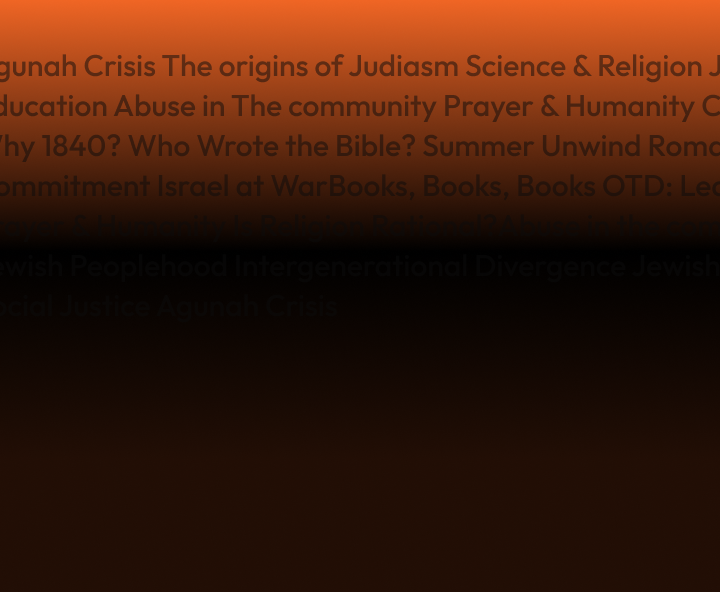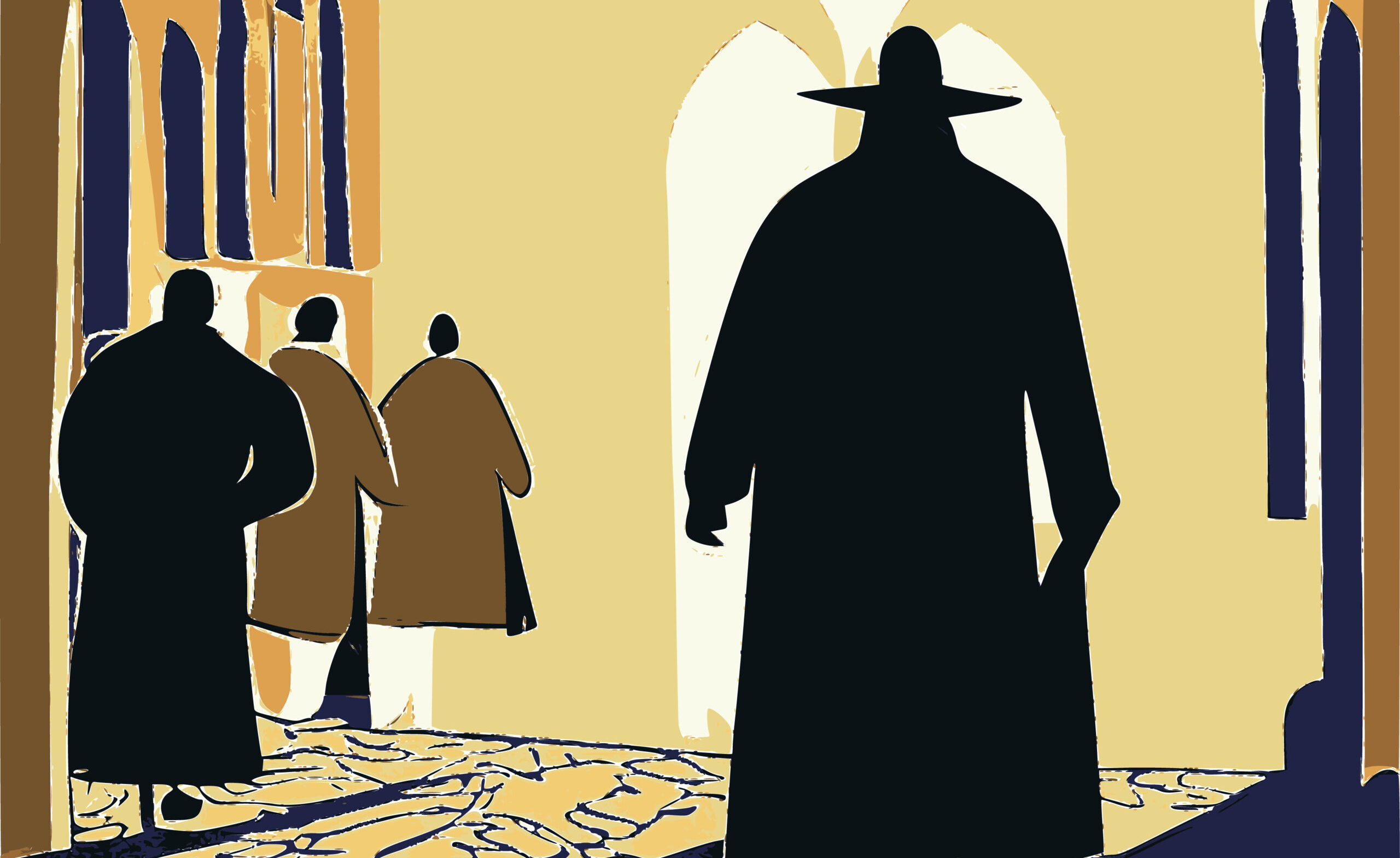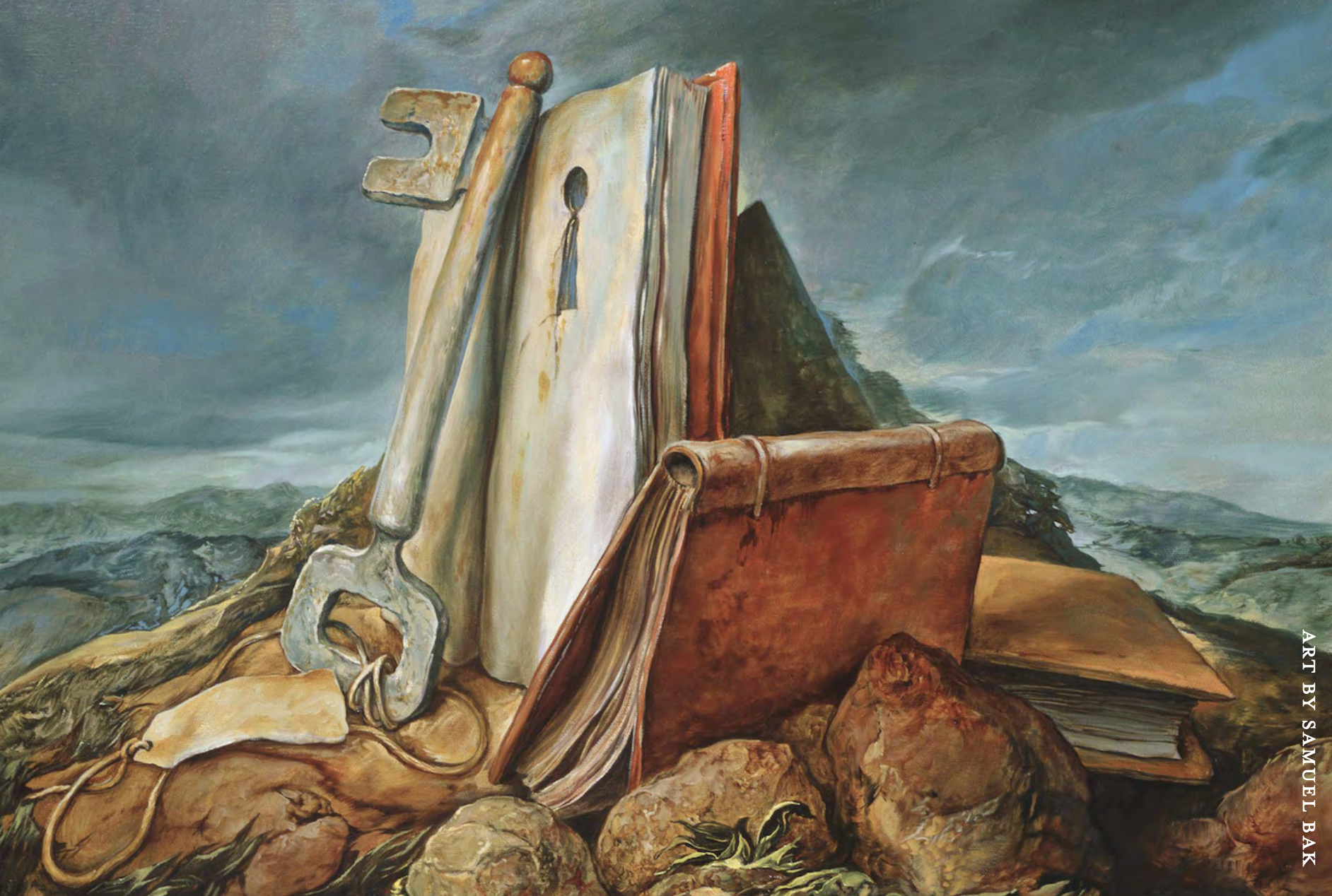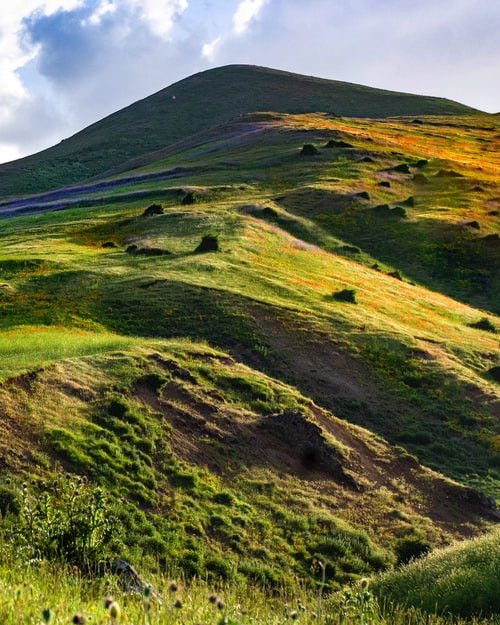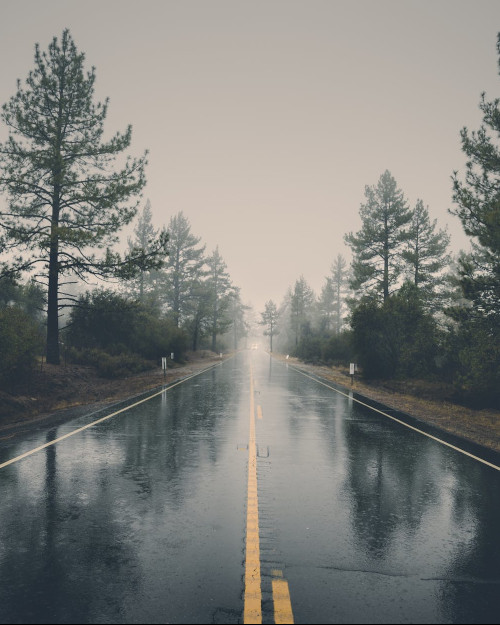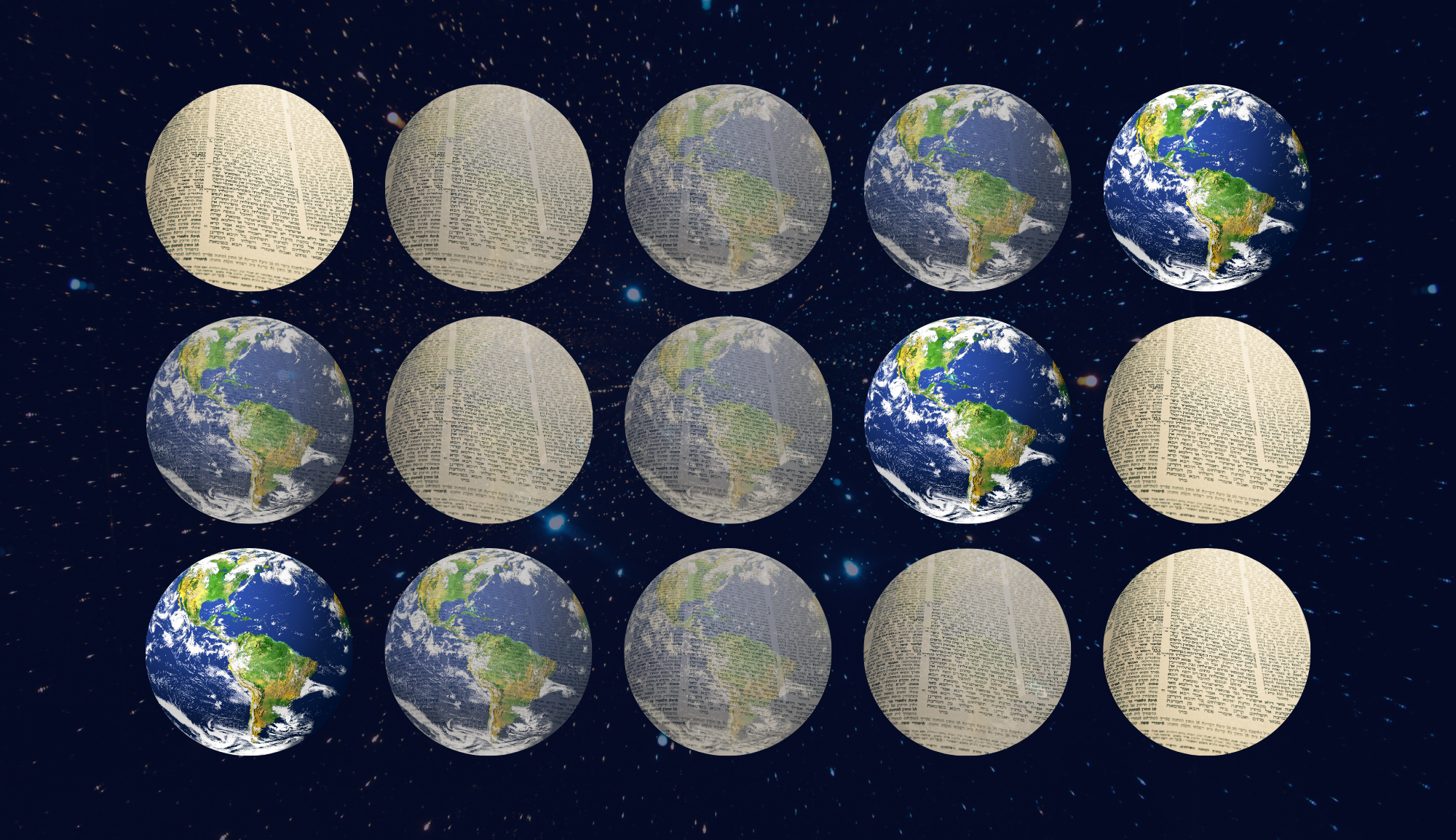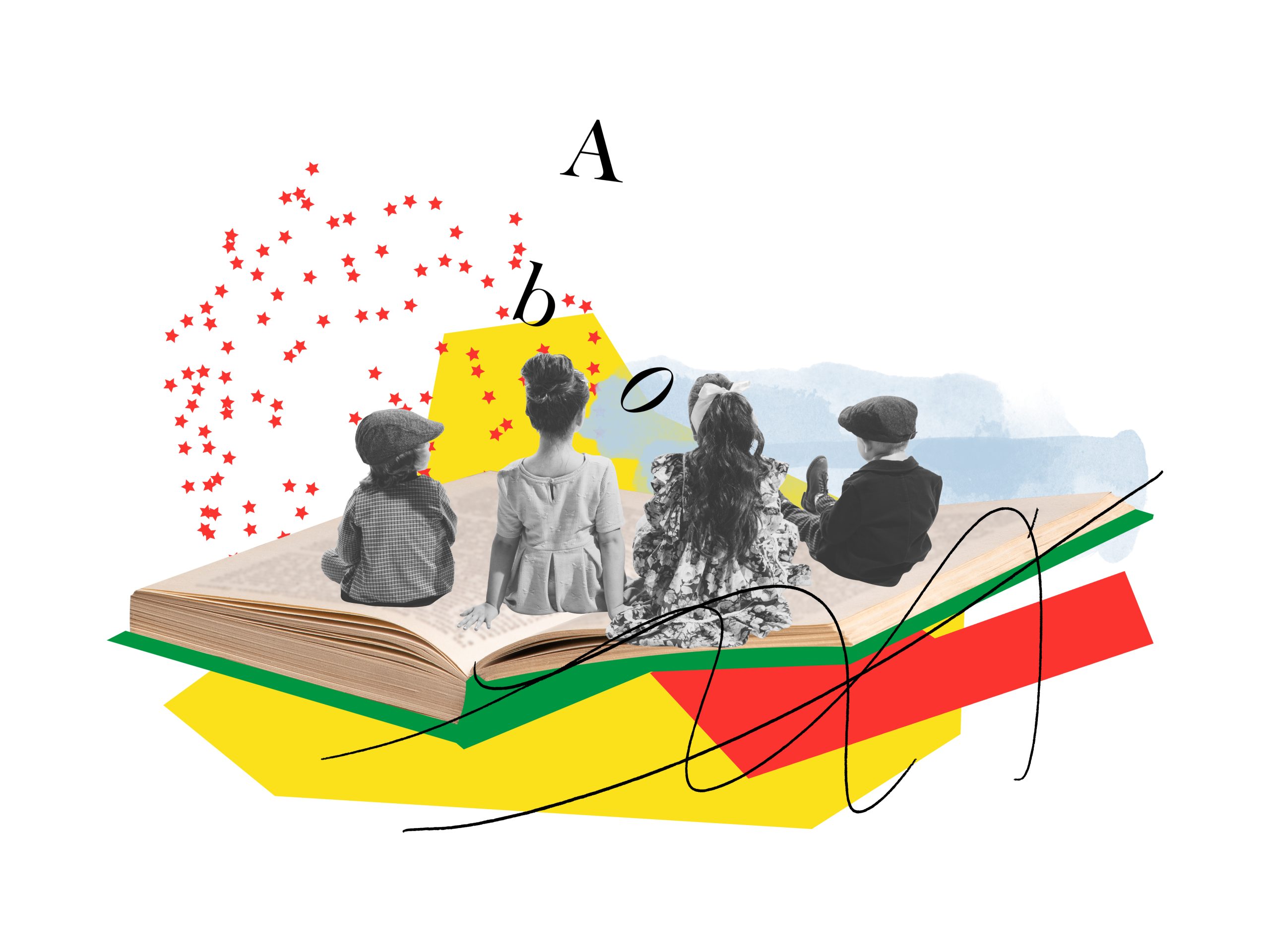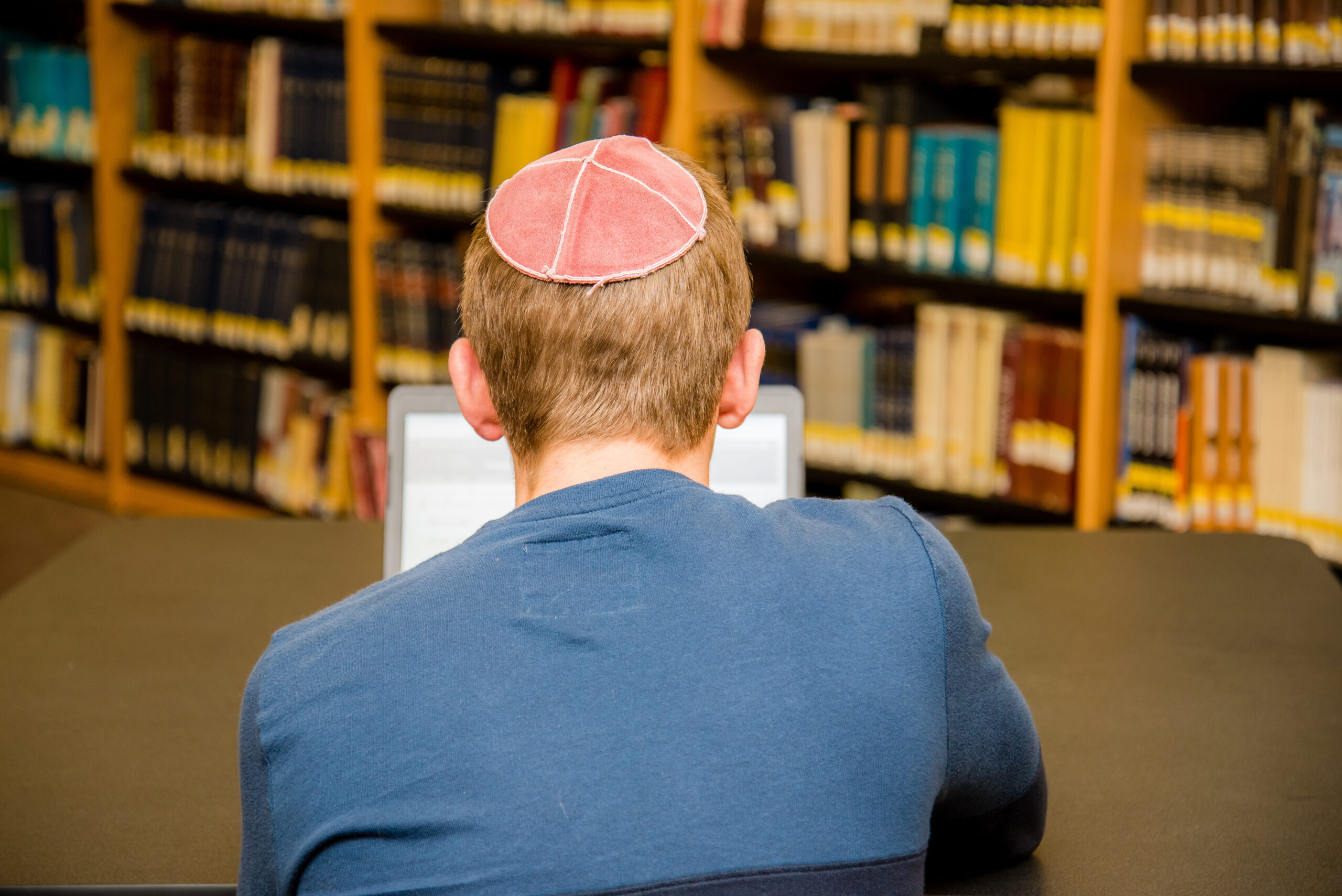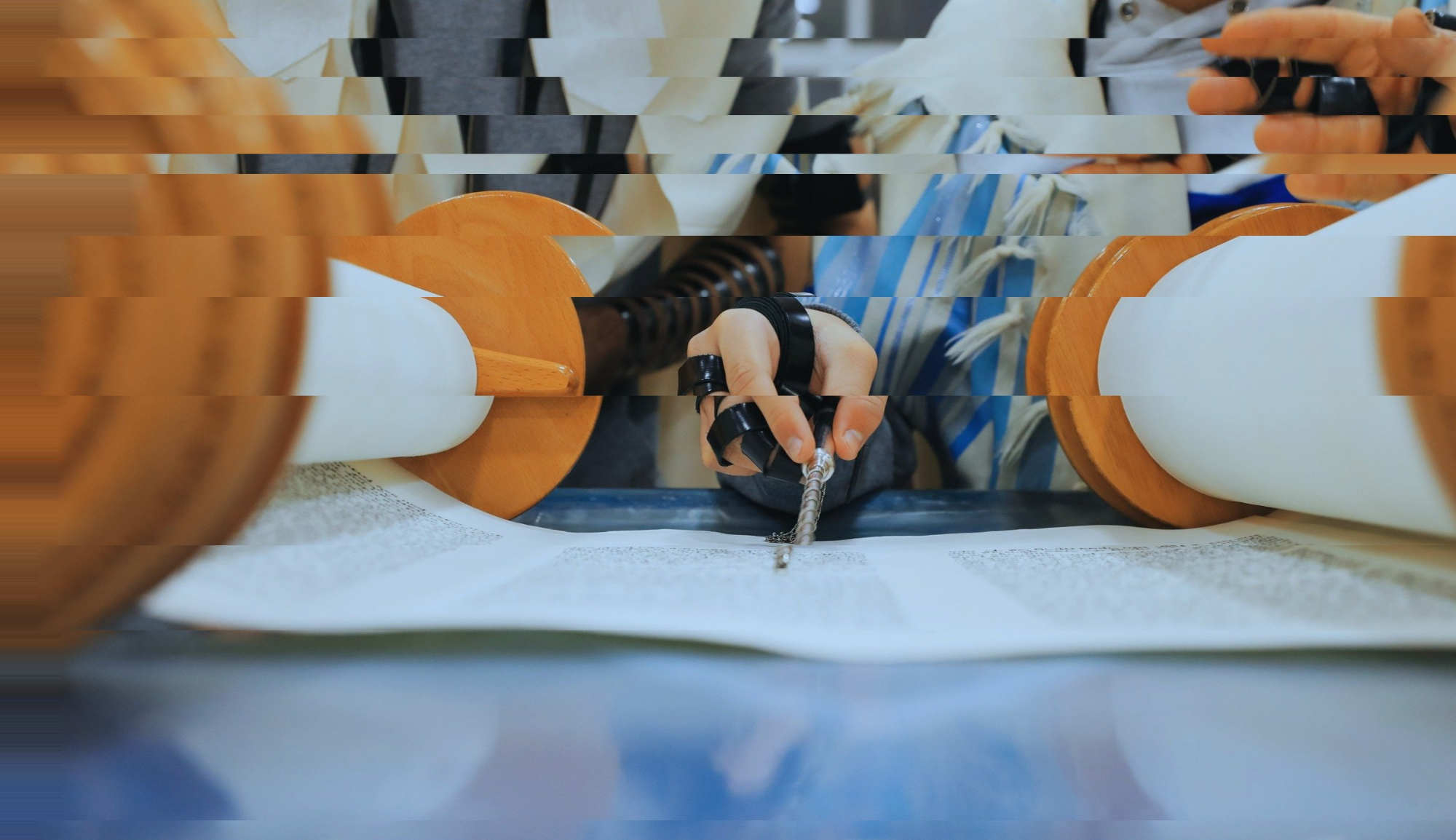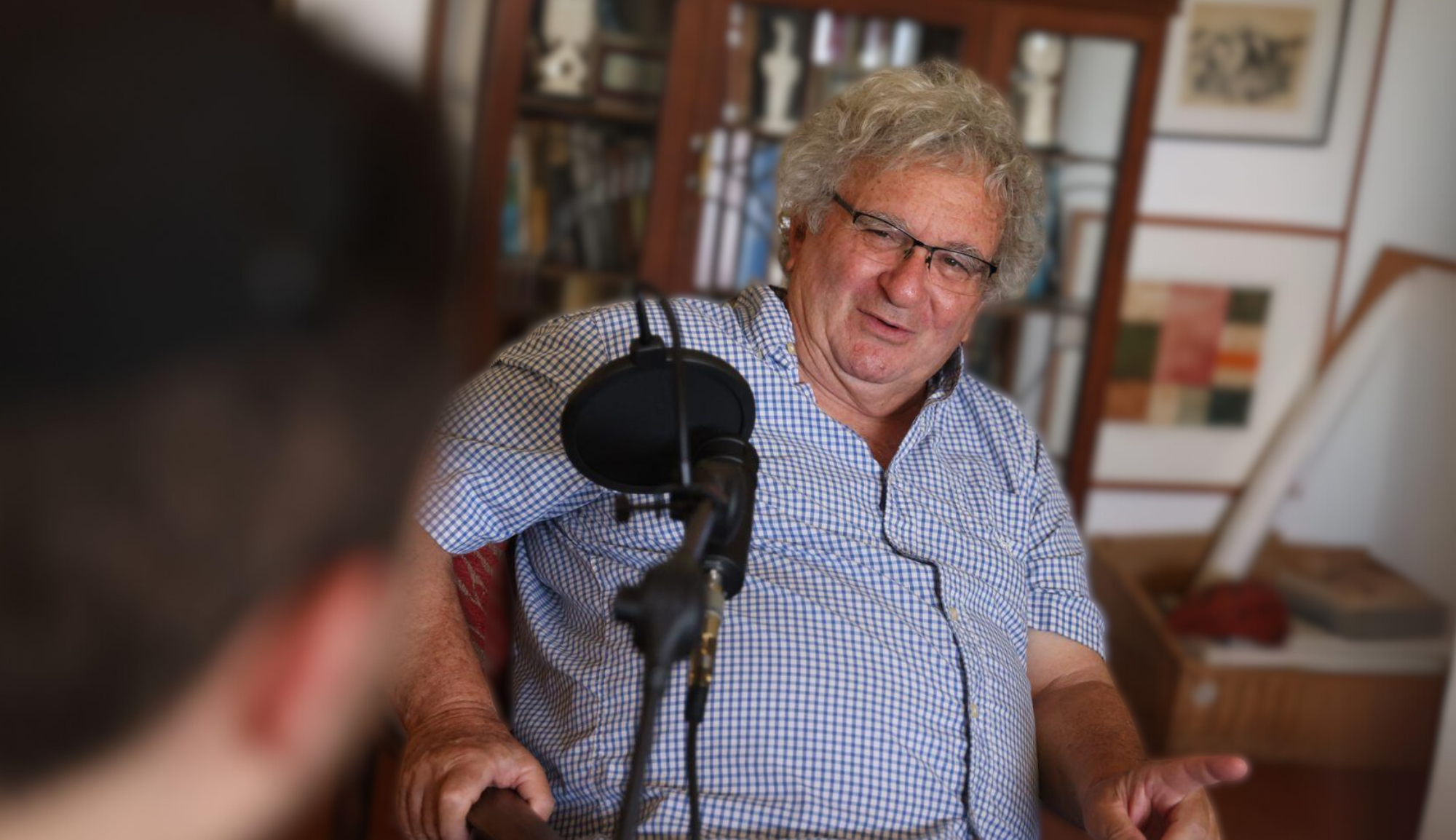Download the full reader with all the articles here.
There’s a poet by the name of Rodger Kamenetz. He’s best known for his classic on a series of Buddhist Jewish dialogues involving a fascinating cast of characters, The Jew in the Lotus, but my favorites of his are his works of poetry. Here’s a taste, from the piece that opens his book, The Missing Jew:
In the beards of rebbes
in loaves of challa
God was smuggled
Into America.
But when they assembled the pieces
there wasn’t enough
God in America
to fill the empty spaces:
too much desert
too many opportunities.
The Jews went about their business
because they forgot God was
looking, and they dropped
the pieces all over the place
a little here, a little there
the sweepers have too
work to do, there are
only a few sweepers and they stand
with their brooms
looking for God in the dust.
I don’t know about you, but this makes sense to me, as a Jew in America, the product of four generations of Jews in America. What is our generation, but street sweepers of God left in the dust of America?
Here’s another, that points us closer to the holiday of Torah, “Pilpul”:
Rabbi, if a child is born with two heads
which head should wear the yarmulke
on which head the tefillin?
Some say the right head and some
say the left. All quote Torah.
Some say both heads, just in case.
But if a man is born with two heads
he is always confused. He never knows
on which head to wear the yarmulke.
Two heads and only two eyes.
He walks towards himself
in the old cemetery, where the rabbis
are buried. There seems to be some
disagreement: some are saying
we are dead; others, we are alive.
Some say both, all quote Torah.
This piece is somewhat more cryptic. A cursory read tells us that one dilemma of the poem is the Talmudic instinct for having two heads: Where do the yarmulke and tefillin go? I’m not sure what it means to have two heads, and my first instinct tells me that it means to be forever trapped in this very mode—questioning, considering, doubling back on ourselves in our Jewish search for clarity. The last stanza complicates things, even as it feels more simple—to have two heads is to be dead and alive, or to question which we are, and what a Jew is. Most importantly, “all quote Torah.”
In the final piece that I’ll mention, the study of Torah becomes more centered. Here goes:
“Said Rab Zolar,”
When God wishes to speak, he does so
through human voices.
He lets them scatter his thought
through every contradiction.
It is in the harmonic beating
of these varied voices
that God is broadcast.
Neither agreement nor disagreement
but the rhythm created
by agreement and disagreement
defines his wavelength.
We own dictionaries
but God redefines every word
as it comes from his mouth.
Any time God speaks he twists
the language away from itself.
The Jew is left with his Hebrew tenses
to unravel the mystery of living.
The poem continues, but I cut it here, for now, to fit my purposes. Most important here is this line: “It is in the harmonic beating / of these varied voices / that God is broadcast. / Neither agreement nor disagreement / but the rhythm created / by agreement and disagreement / defines his wavelength.” It is in the divine polyphony of Torah where we hear the voice of God. And we are left to unravel the mystery of living.
I should need no excuse to turn to poetry such as this when thinking about Torah, but I’ll offer one. One of the great benefits of reading poetry is that it allows us to think with more divergence, more non-directional otherness, and in doing so to see our lives in an ever so slightly different way.
Some of us study Torah every day, others of us glean the moments we can, but I suspect that many of us hope to find in Torah something like this—an ancient way of thinking that looks differently at that which we know, that invites us to open our eyes ever so slightly at the world around us. Maybe this is why we stay up so late on Shavuos; It is only by looking at the Torah, and our world, late at night, with sleep-deprived eyes and a stomach full of coffee and cheesecake, that we can realize the alterity of revelation, the otherness of it all.
In honor of your Shavuos reading edification, we offer two articles on the Torah of the night. The first is a classic, by Elliot Horowitz: “Coffee, Coffeehouses, and the Nocturnal Rituals of Early Modern Jewry.” If you’ve read this before, you know why we included this, and if you haven’t, prepare to read a classic. The second is by Yaakov S. Weinstein, on “The Nightly Cry, the Song of Torah,” and it’s an invitation to consider different ways to think about Torah studied at night. Whether or not you are staying up to study Torah this Shavuos night, these articles have granted us something, and we hope they do for you too.
—
“Coffee, Coffeehouses, and the Nocturnal Rituals of Early Modern Jewry”
Elliott Horowitz, AJS Review
“The Nightly Cry, the Song of Torah”
Yaakov S. Weinstein, The Lehrhaus
